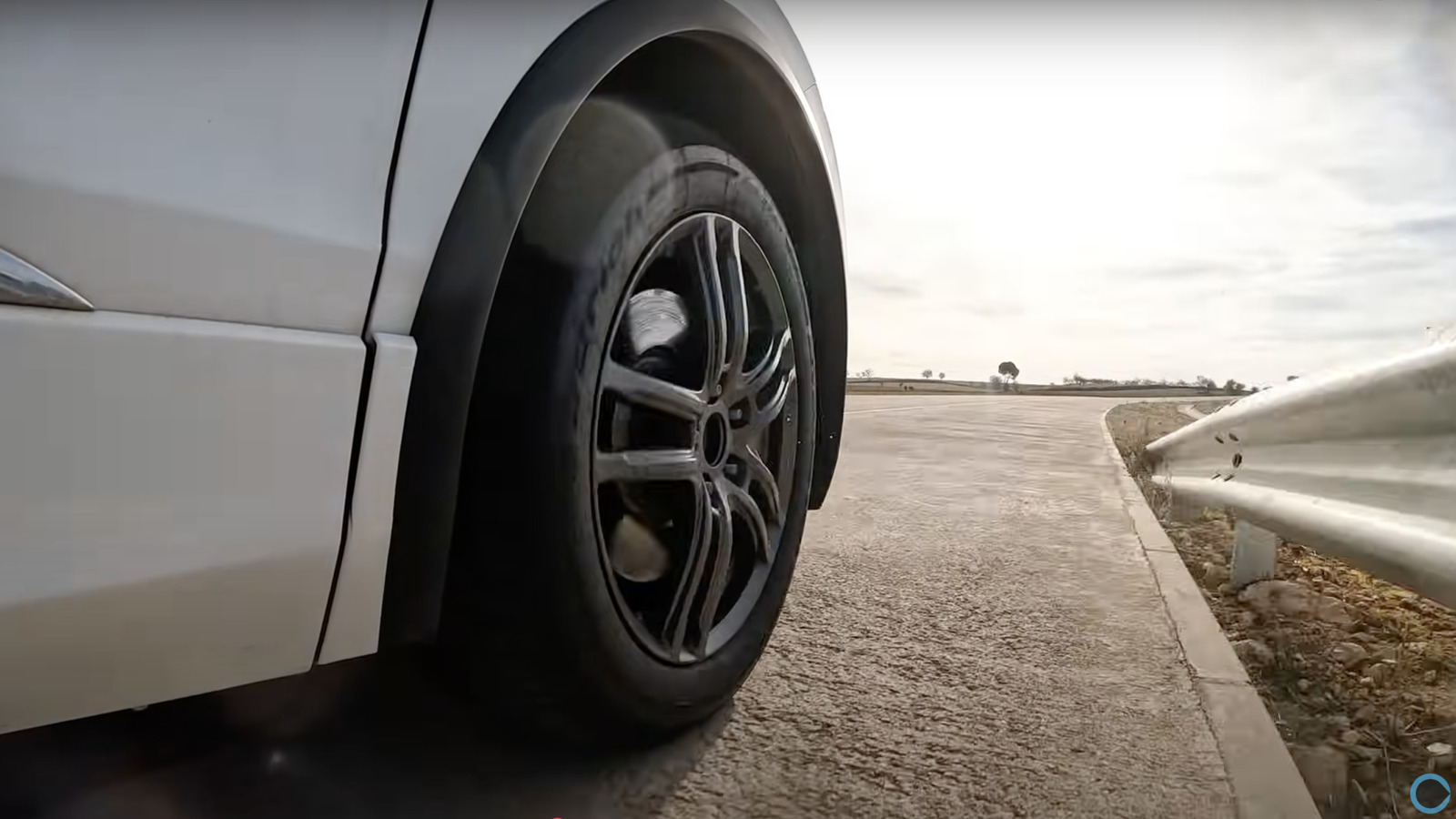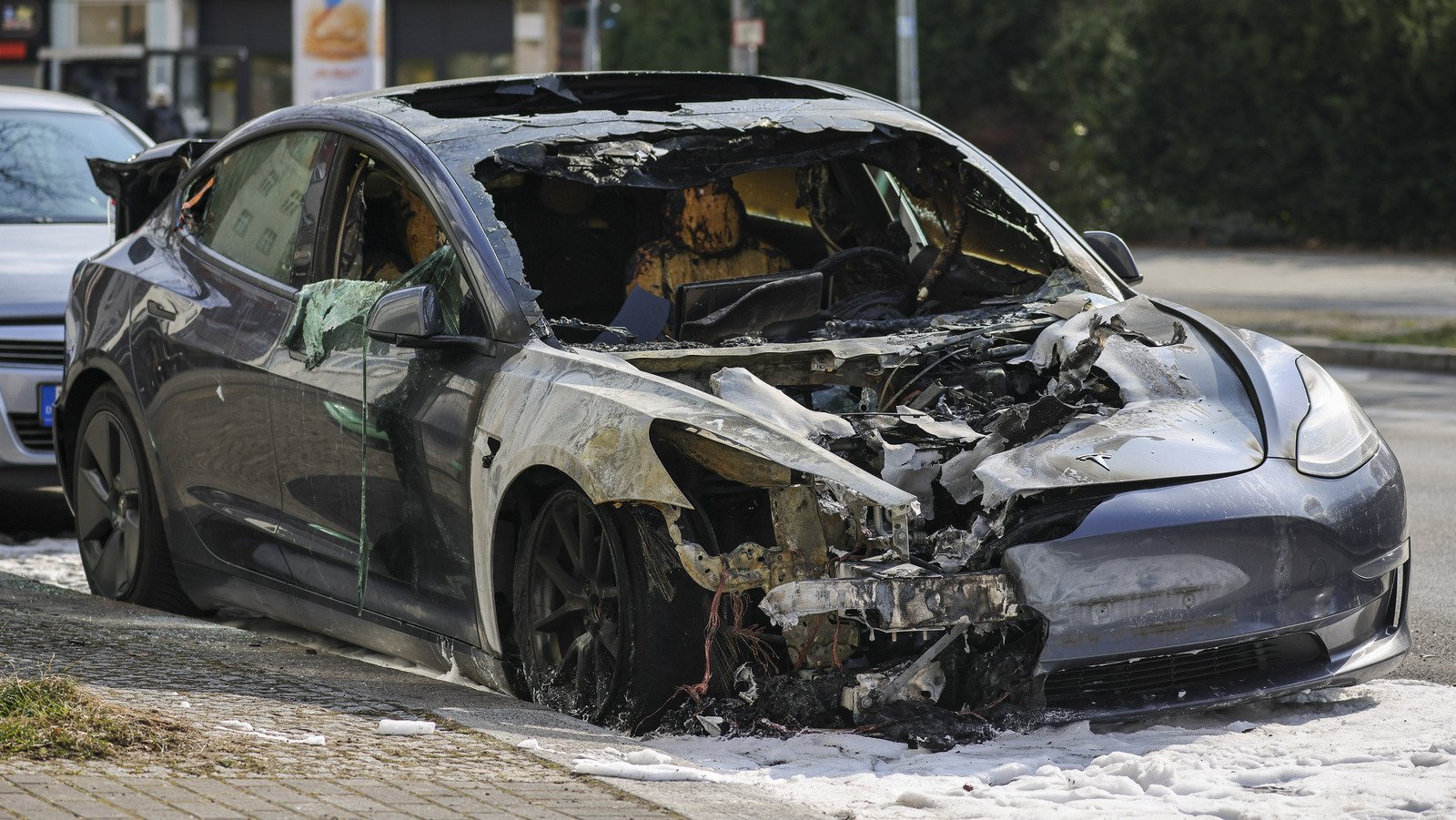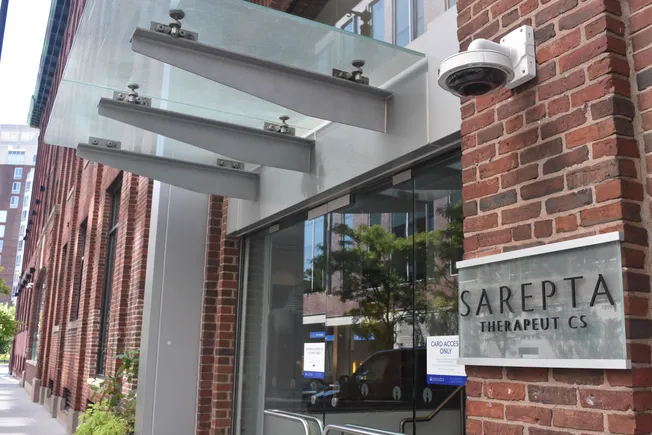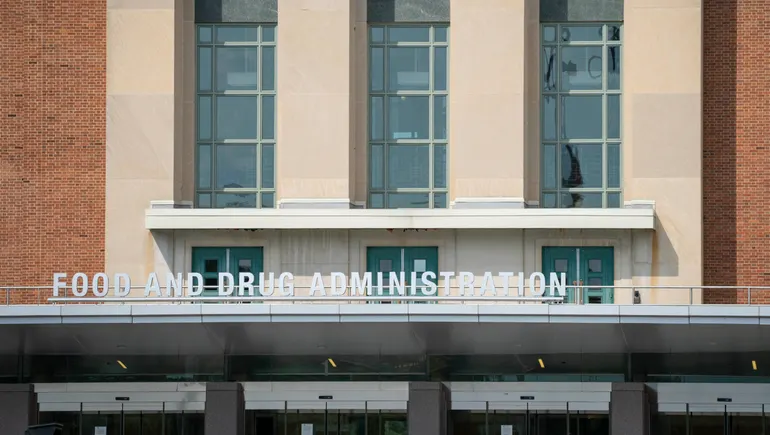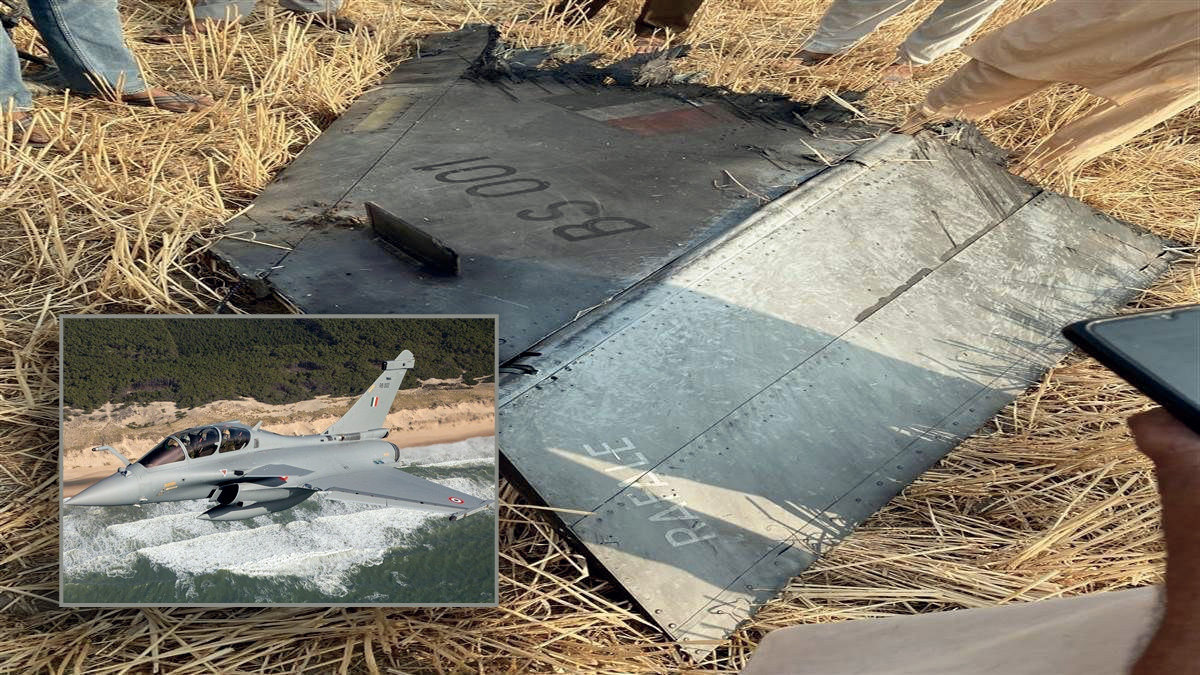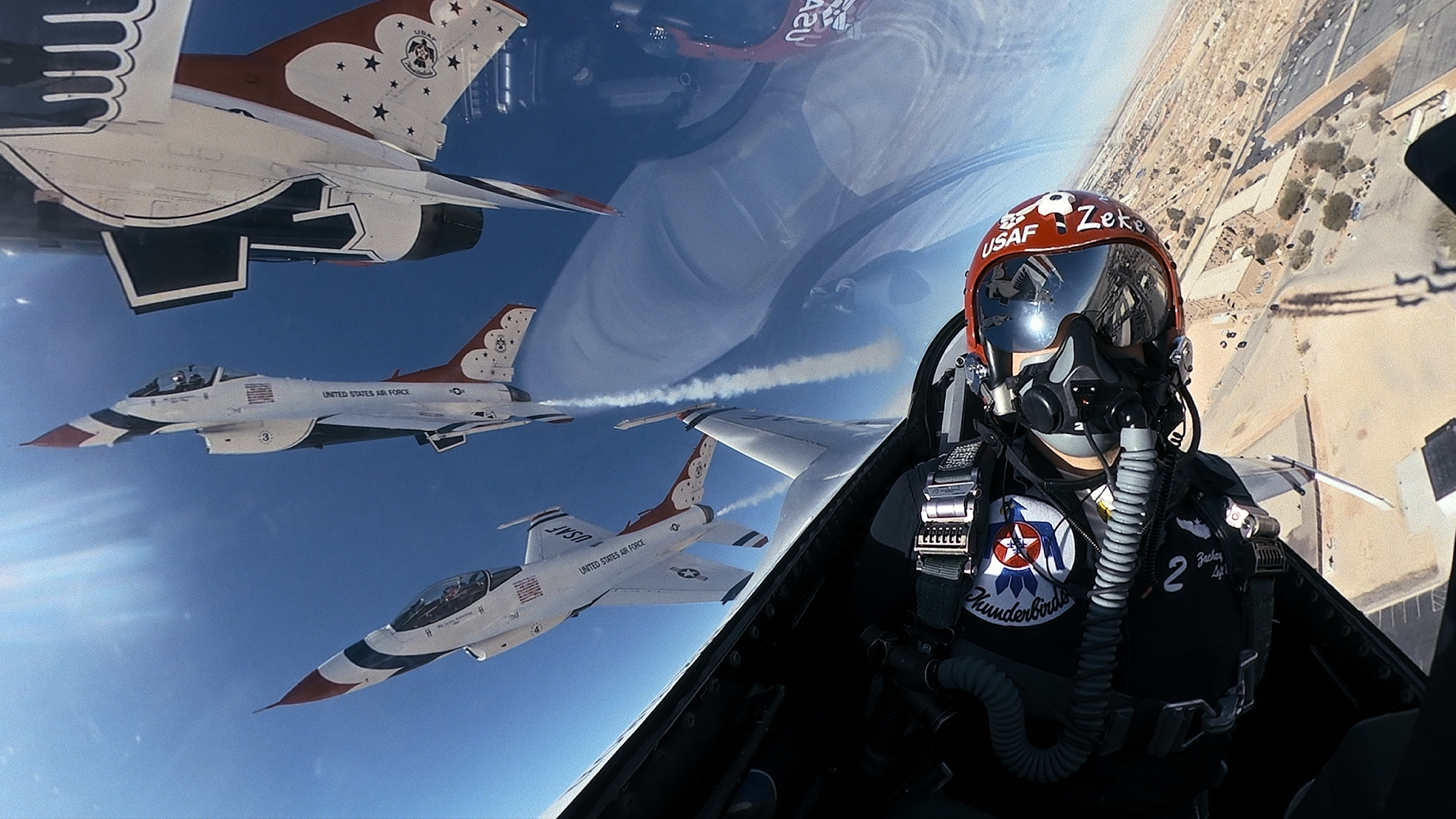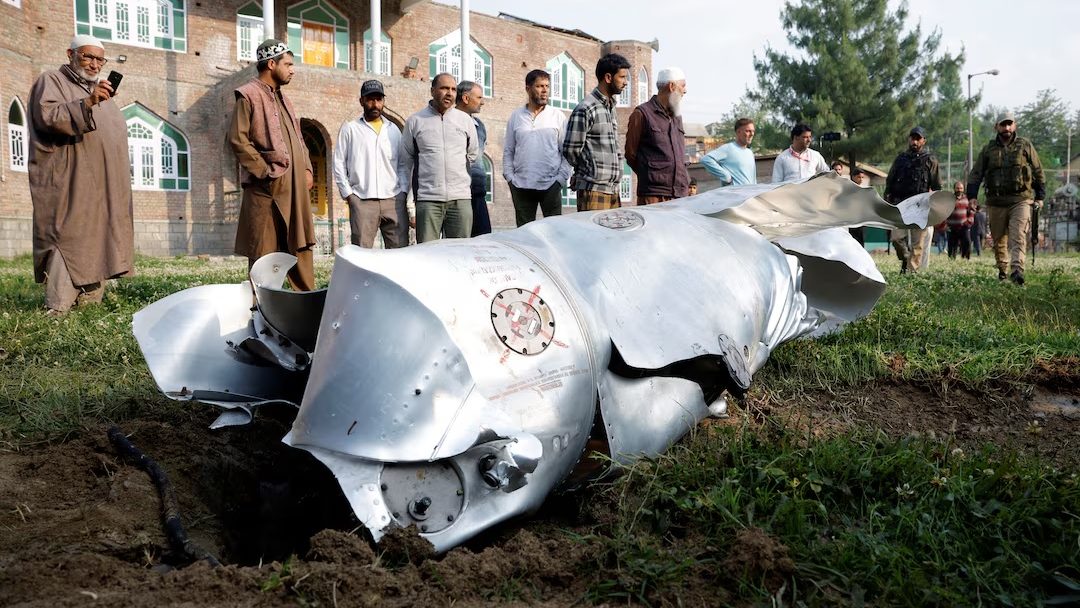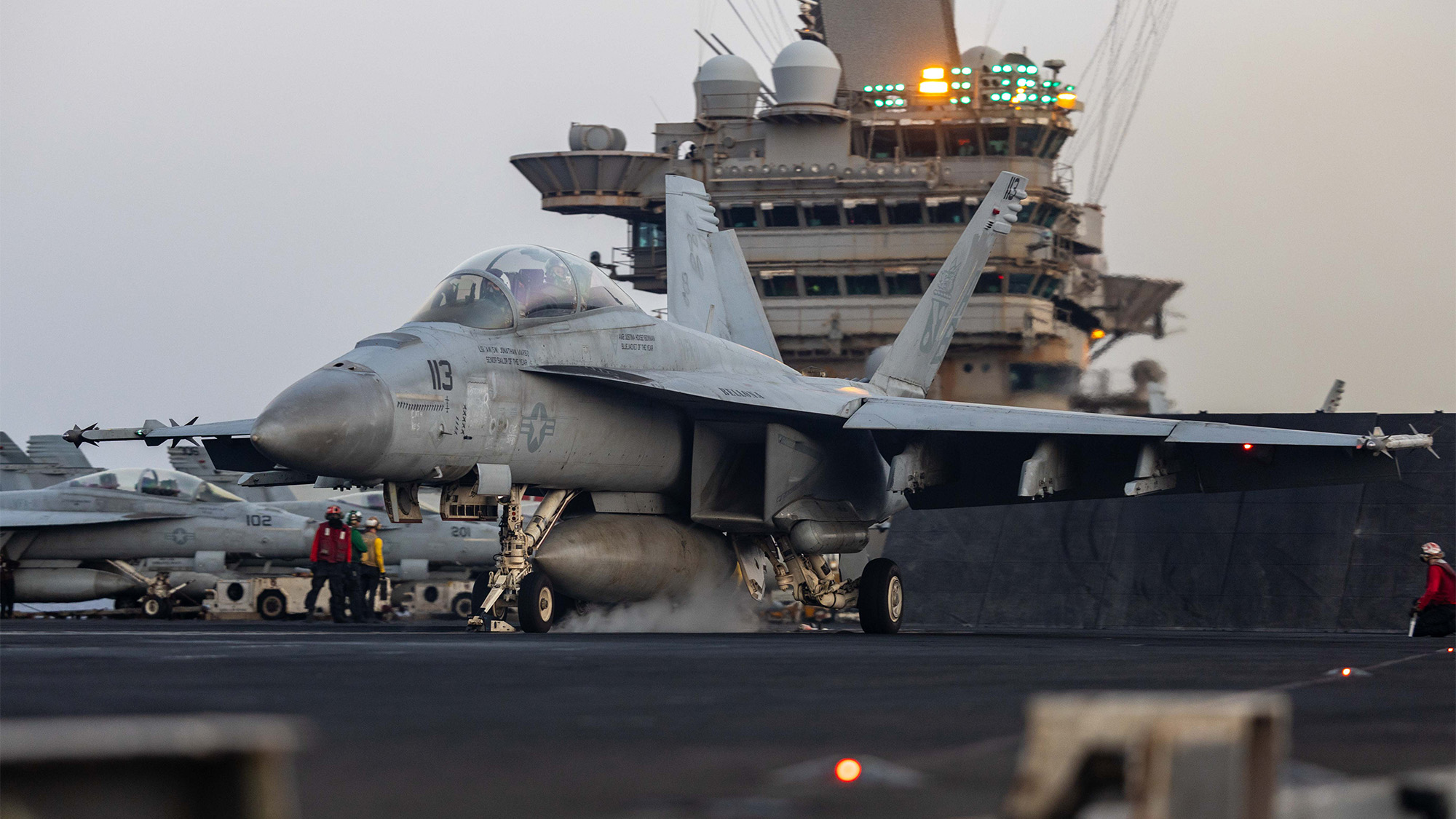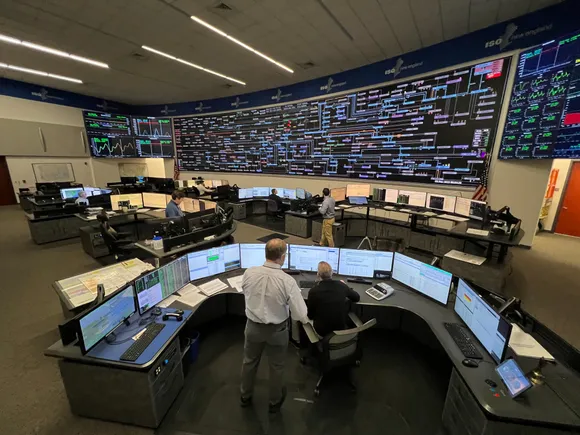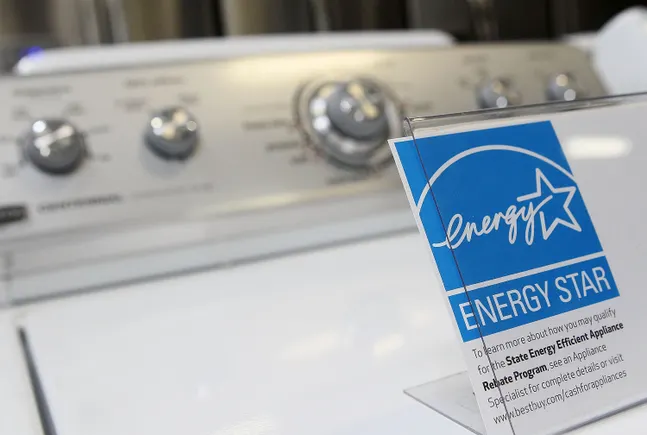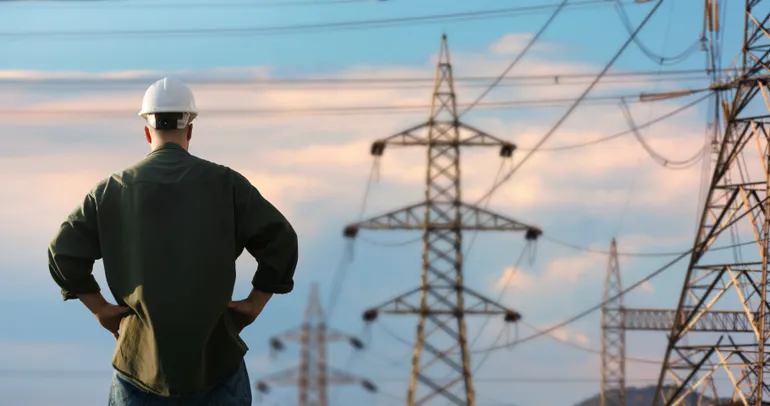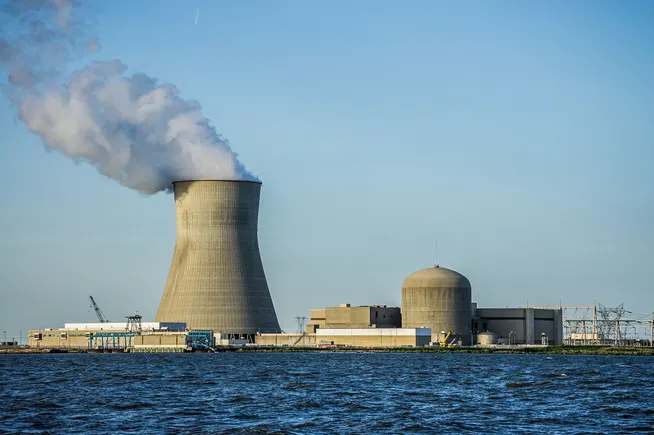KC-46 refueling vision system fix delayed to 2027
The new timeline is a setback for the beleaguered tanker, whose deliveries have been halted since February.


A KC-46A Pegasus aerial refueling aircraft connects with an F-15 Strike Eagle test aircraft from Eglin Air Force Base, Florida, on Oct. 29th, 2018. (U.S. Air Force photo by Master Sgt Michael Jackson)
WASHINGTON — An upgrade aimed at correcting problems with the Boeing KC-46 Pegasus’s troubled vision system has been delayed again and isn’t expected to be fielded until the summer of 2027, according to the Air Force.
“The Air Force and Boeing are exploring opportunities to prevent or mitigate the slip in schedule,” an Air Force spokesperson added in a statement, without detailing the cause of the delay.
Although officials originally reportedly hoped to field it in 2023, the upgrade for the KC-46’s vision system, dubbed RVS 2.0, has been delayed several times. Earlier, officials projected the system would be ready in 2026, attributing additional delays to the FAA’s certification process. Air & Space Forces Magazine previously reported the new fielding date.
As opposed to legacy tankers where boom operators have to look out a window and guide their telescopic refueling rods to a receiver, operators in the Pegasus do so remotely in the aircraft by relying on a digital image constructed by cameras and sensors.
The current RVS needs to be replaced with its 2.0 successor, officials say, because of deficiencies that impede the performance of the current remote system. RVS struggles with dynamic lighting, where nighttime refuelings can be difficult to see or daytime runs can be washed out by sunlight. The system also has had issues with depth perception, adding risk in boom operations. To address these issues, RVS 2.0 will upgrade the aircraft’s two long-wave infrared and two visible spectrum cameras and add a set of visible spectrum cameras for a total of six.
The tanker also has a set of panoramic cameras that help operators see planes approaching to refuel, which the Air Force previously told Breaking Defense are being upgraded separately from RVS. In that upgrade, each of the three existing infrared panoramic cameras will be replaced with upgraded ones and supplemented with a new electro-optical sensor — in layman’s terms, a high-resolution, visible light camera — in a cost-sharing plan between the Air Force and Boeing.
In a hearing held by the House Appropriations defense subcommittee on Tuesday, Air Force Chief of Staff Gen. David Allvin stated the KC-46 still has five category 1 deficiencies, saying the aircraft is “not” performing “optimally.” The aircraft is cleared to refuel with all Air Force aircraft, except the A-10 and the yet-to-be-fielded E-7.
The Air Force has also halted KC-46 deliveries since February, owing to cracks discovered on the “outboard fixed fixed-trailing-edge support structure” of two newly produced aircraft that were awaiting handoff to the Air Force.
Boeing, which has lost billions of dollars on the KC-46 due to the program’s fixed-price contract, deferred to the Air Force when asked about the new RVS 2.0 delivery date. A spokesperson added that “[w]e are working with the U.S. Air Force to resume deliveries soon.”






























